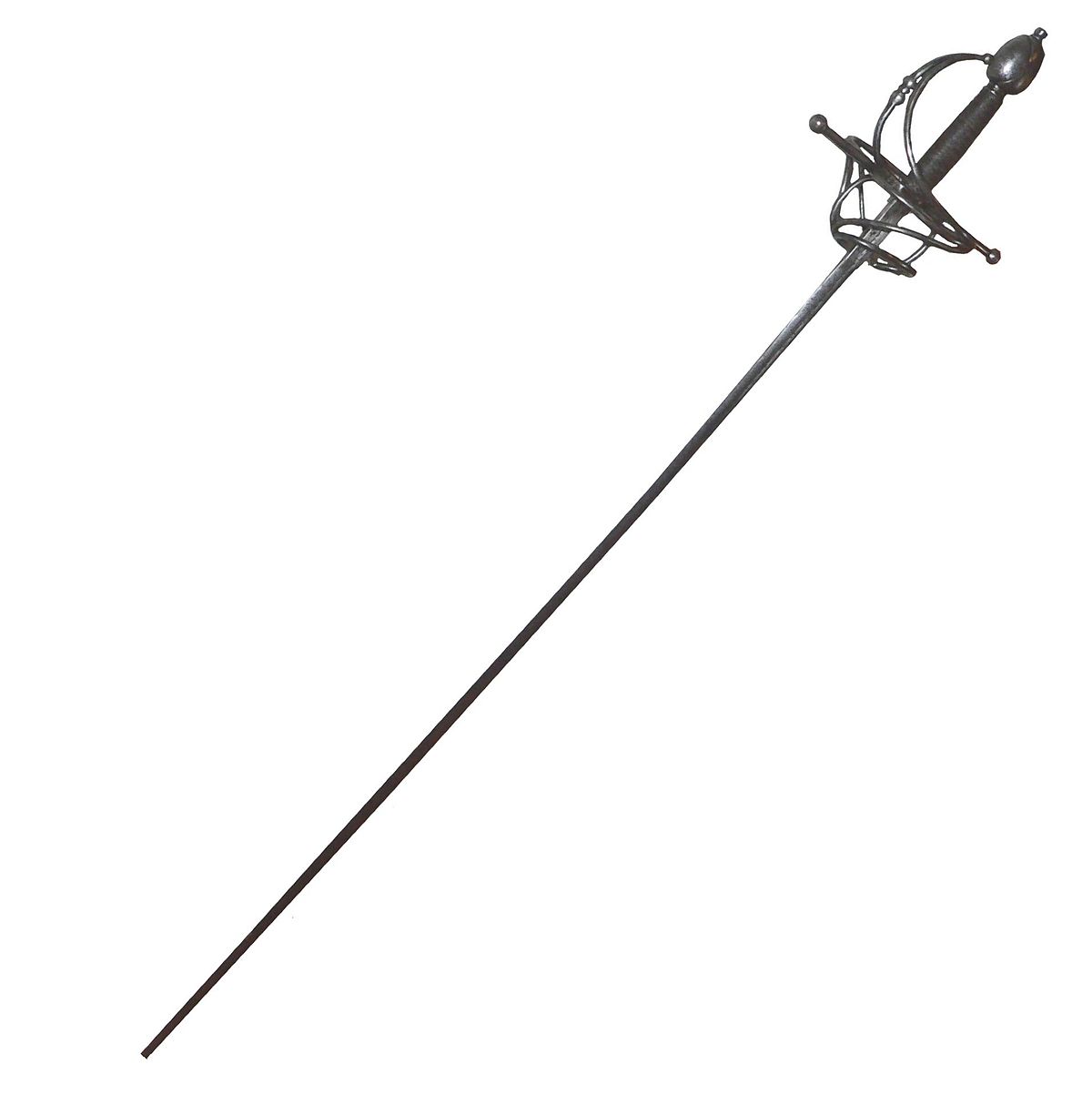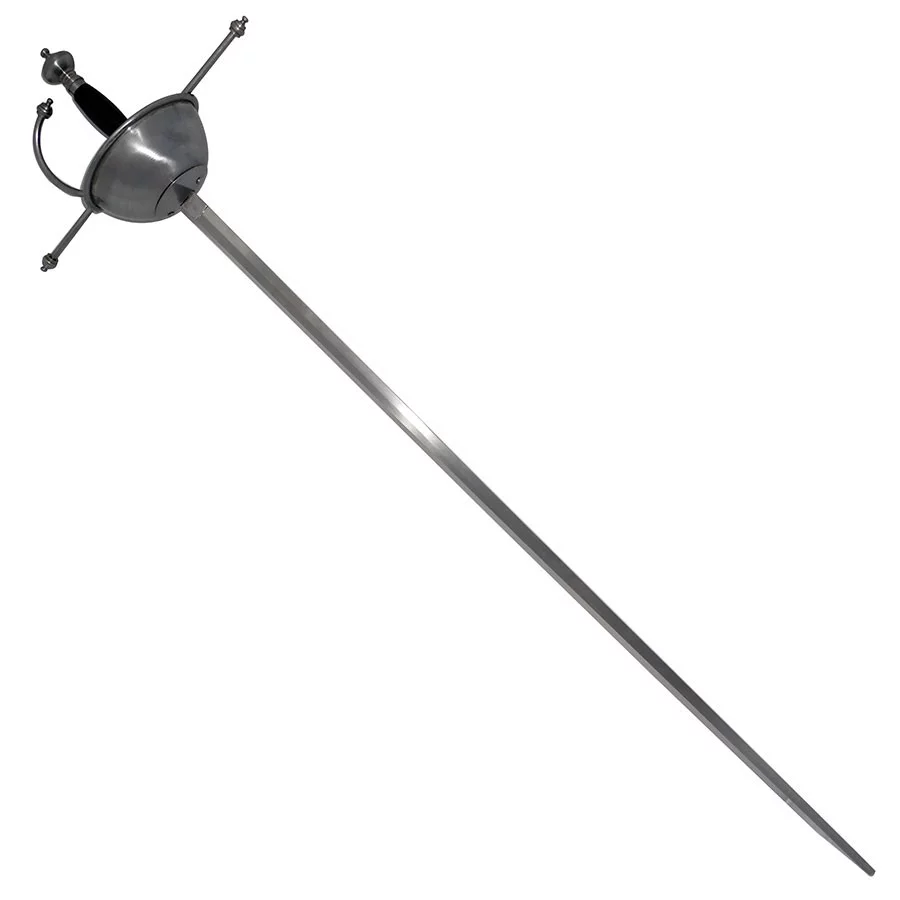What is a Rapier Sword?
The rapier is one of the most emblematic weapons of the European Renaissance, standing out not only for its functionality but also for its aesthetic refinement and its symbolism in the society of the time. This type of sword, used mainly between the 16th and 17th centuries, transcended its defensive purpose to become a fashion accessory and a symbol of social status.
What is a Rapier?
The rapier was a sword designed for civilian, non-military use. The term encompassed any sword that was integrated into daily attire, regardless of the design of its blade or hilt. Unlike military swords, these were lighter, more stylish, and designed for self-defense or dueling, making them an elegant addition to everyday clothing.

The Origin of the Term
The term "rapier" has sparked debates regarding its etymology. While many authors associate it with a Spanish origin, some support a link to the French word "rapière." Interestingly, in 16th-century English, "rapière" was translated as "Spanish sword," reinforcing the potential Spanish connection. However, some academic perspectives place the Spanish origin on equal footing with the Italian, recognizing the influence of both countries in the design of these weapons.
Its Role in Society
Rapiers were, first and foremost, civilian weapons used for personal defense in urban settings. They were part of fashion and worn daily as an accessory, distinguishing themselves from war swords by being lighter and less offensive in character.
- Personal defense: useful in duels or dangerous situations.
- Fashion: a symbol of status and elegance for the upper and middle classes.
- Non-military tool: especially popular among citizens of Renaissance cities where insecurity could demand quick self-defense.
Common Misconceptions
The term "rapier" has often been misinterpreted, particularly in English-speaking countries. It is frequently applied erroneously to any sword from the 16th or 17th century, especially those with ornate hilts and slender blades. However, not every sword from this era can be identified as a rapier, as its original definition refers primarily to its use rather than specific characteristics.
Variety and Synonyms
In historical documents, alternative terms for rapiers include:
- Gallant's sword: associated with refinement and elegant men.
- Girdle sword: referring to its position in clothing.
- Ribbon sword: another name that alludes to how it was worn.
These names paint a comprehensive picture of the multiple interpretations of this type of sword during its time.

Technical Characteristics and Design
There was no unique design for rapiers. They often differed based on the personal preferences and economic capacities of their bearers. Some of the most common characteristics were:
- Blade length: from 90 to 130 cm.
- Weight: around 1 kg, lightweight compared to other swords.
- Balance point: located 8 to 15 cm from the hilt.
- One-handed use: allowing combination with items like bucklers, daggers, or cloaks.
- Aesthetic variety: hilts decorated in minimalist or extravagant styles, and blades that could vary in width.
Cultural Impact
Beyond its functionality, the rapier played a significant role in the cultural imagination of the Renaissance. For the upper classes, it symbolized not only power and defensive capability but also refinement and distinction. In an urban context where insecurity was frequent due to unemployment and precarious conditions, this civilian weapon became indispensable for the middle and upper classes.
| Attribute | Description |
| Use | Personal defense and fashion accessory |
| Length | 90-130 cm |
| Weight | A little over 1 kg |
| Balance point | 8 to 15 cm from the hilt |
| Design | Wide variety in hilt and blade |
The rapier, with its blend of functionality, design, and symbolism, remains a testament to the ingenuity and social dynamics of the Renaissance, marking an era both in fashion and urban fencing.
















